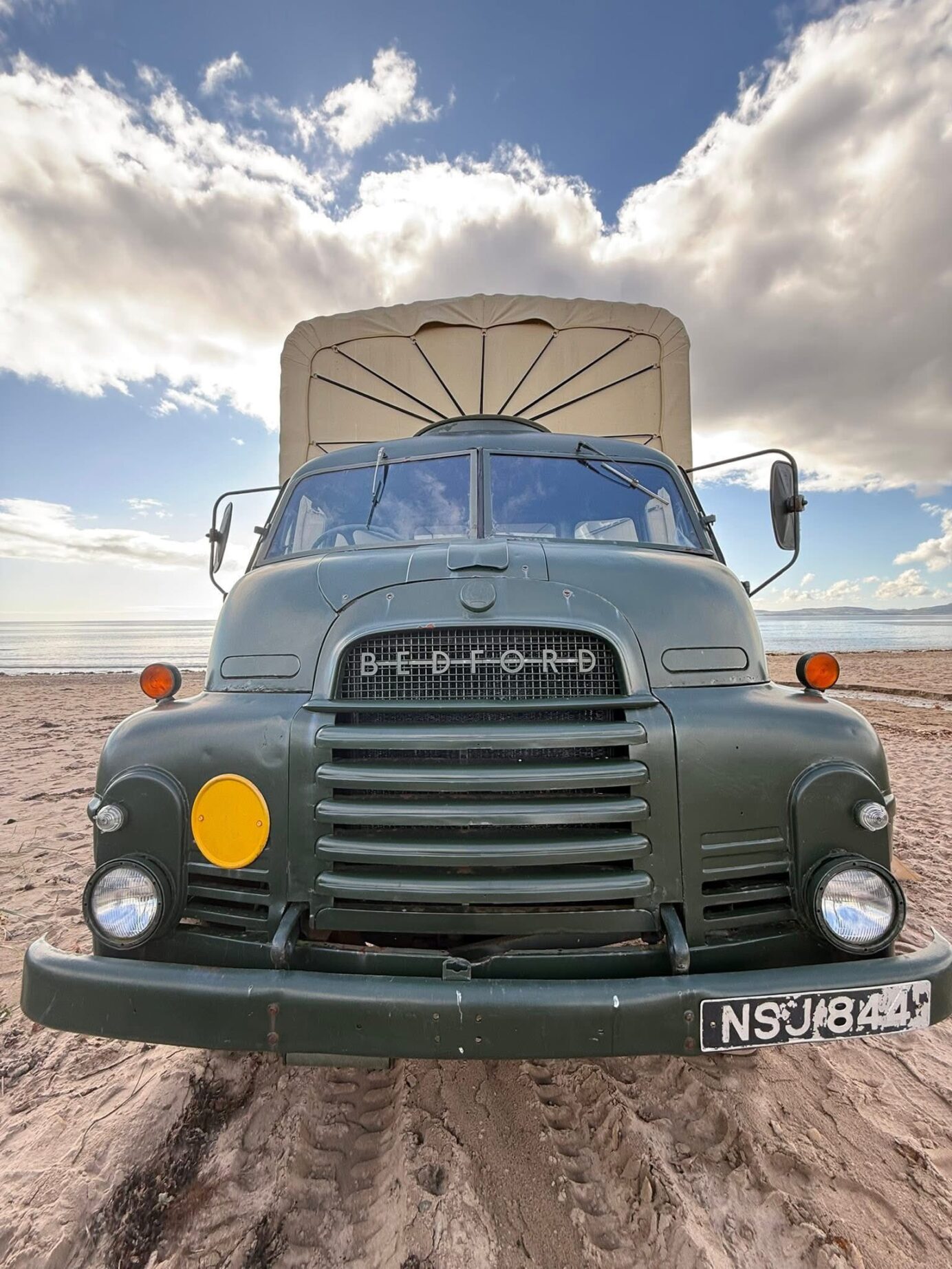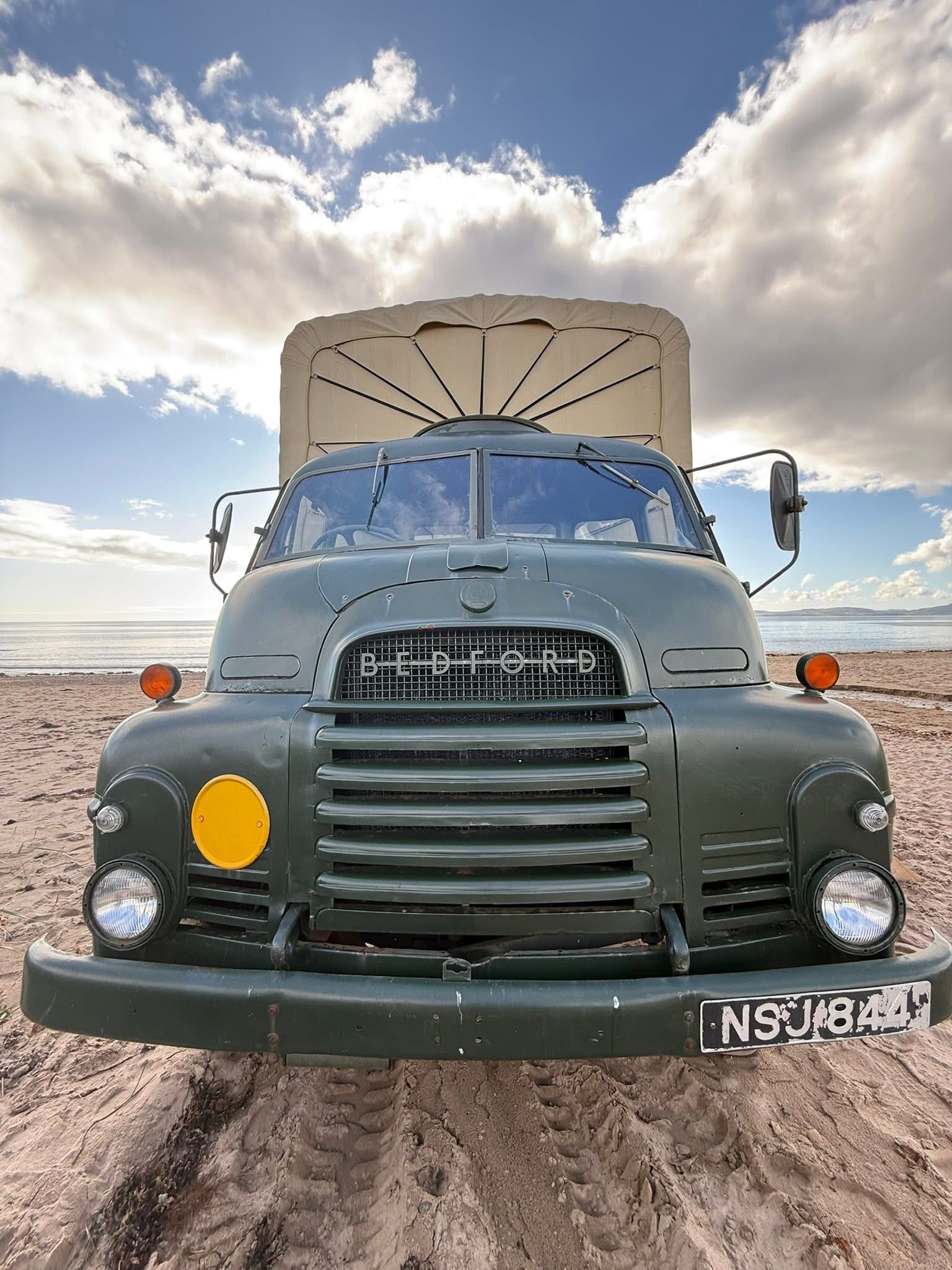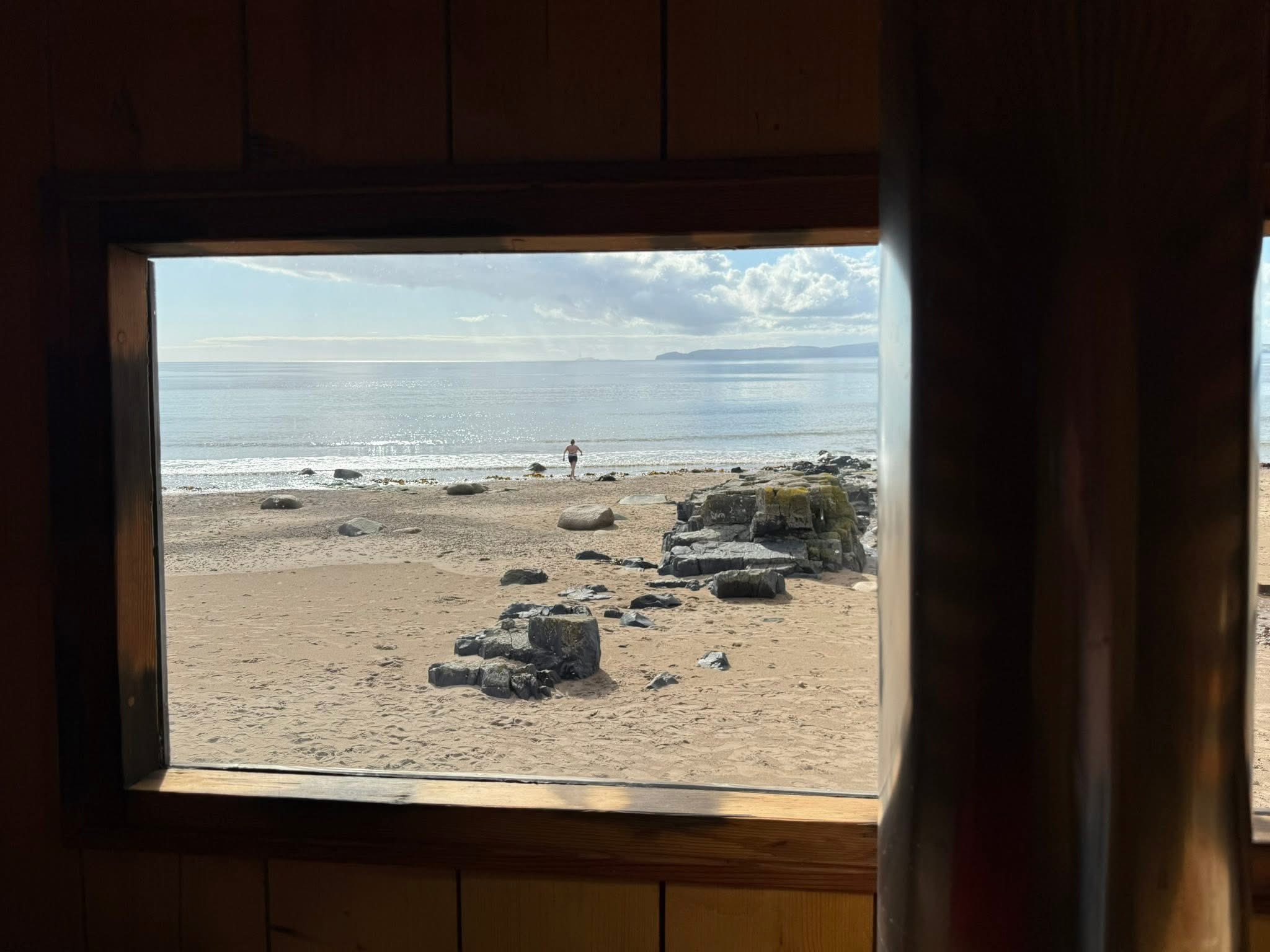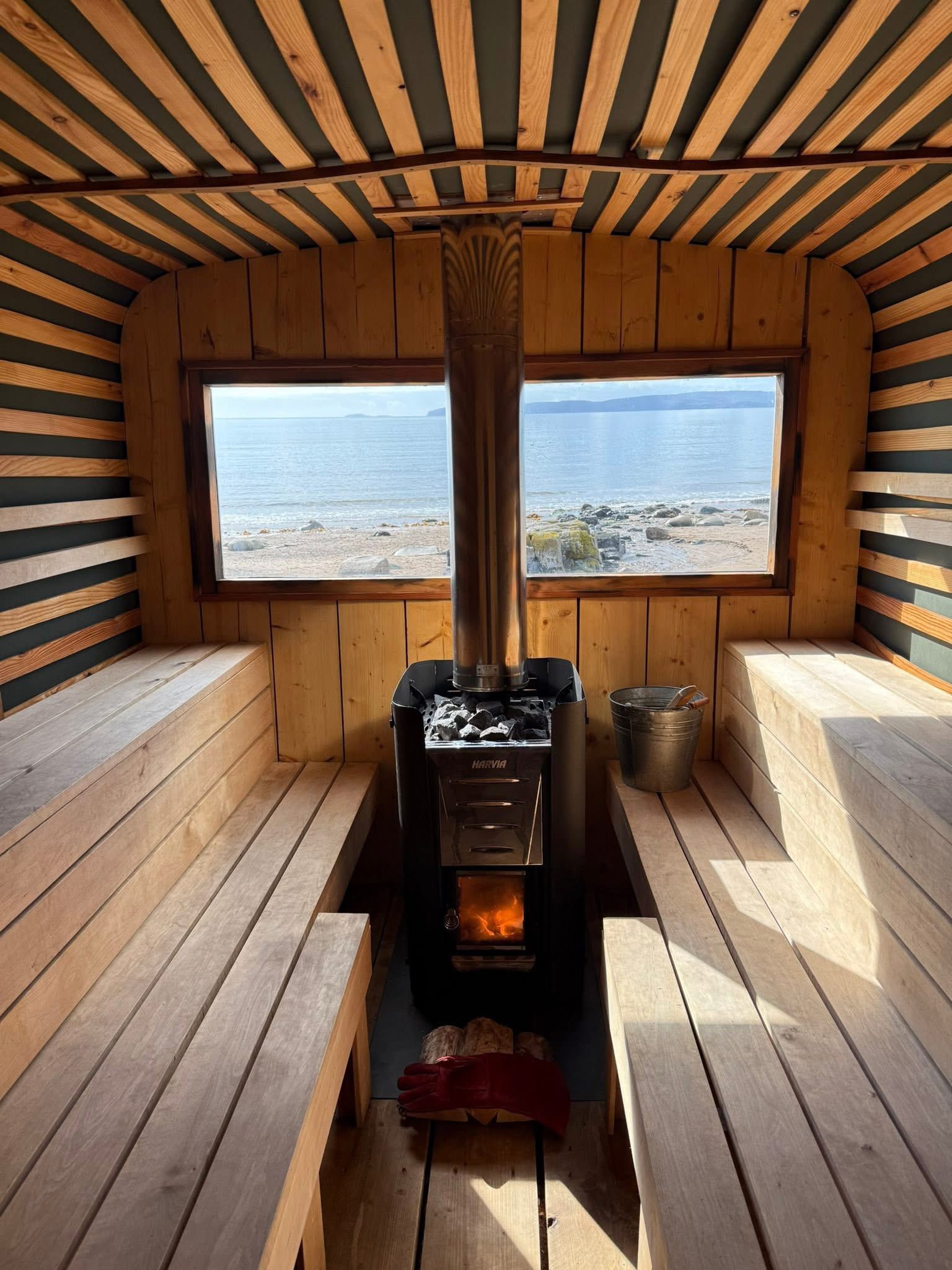Coorie into the Cold: How Scotland Is Turning Winter into a Tourism Opportunity

Coorie into the Cold: How Scotland Is Turning Winter into a Tourism Opportunity
How Scotland’s new wave of saunas, sea swims and slow adventures is redefining winter as a season to celebrate — not survive.
When I first wrote about making winter “more Aslan, less White Witch,” I was trying to capture a feeling — that winter in Scotland needn’t be endured; it could be embraced.
Since then, something remarkable has happened. Across Scotland, from our islands to our shorelines, people are doing just that. They’re stepping outside, stripping back, and finding warmth in the wild.
In winter, I’ve swum through icy waters, sat in wood-fired saunas on the beach, and watched communities reimagine what the colder months can mean from the Green Goddess Sauna on Arran to Sauna at the Sea in Kirkcudbright. There is a growing movement that’s transforming how we think about wellbeing, travel, and Scotland’s seasons.

Green Goddess sauna, Blackwaterfoot – Isle of Arran
The Rise of Scotland’s Wild Wellness
It began quietly — a few sea swimmers, a handful of pop-up saunas, and a shared desire to reconnect with the elements. Now, wild wellness has become one of Scotland’s most inspiring new tourism stories.
The Green Goddess — a beautifully converted horsebox sauna that sits on Arran’s coastline — pairs perfectly with the island’s love of nature and community. Over in Kirkcudbright, Sauna at the Sea brings together locals and visitors alike for sessions that mix salt air, sea dips, and stories shared beside the fire.
These places are not about luxury or exclusivity. They’re about belonging — about feeling part of Scotland’s landscape, even in its harshest season. There’s something deeply grounding in stepping into cold water, feeling the shock of it, and then sinking into the scent of woodsmoke and the soft heat of a sauna. It’s the ultimate expression of coorie: warmth, comfort, and connection in the face of the cold.
From Closed Season to Coorie Season
For decades, winter was seen as Scotland’s “off” season. Rural tourism businesses closed their doors, ferries ran half-empty, and visitors were encouraged to return in the spring. But that mindset is shifting fast.
Travellers are now seeking slower, more restorative experiences. They want dark skies and starry nights, stories by the fire, and moments that feel both elemental and local. They’re not looking for escapism; they’re looking for authenticity.
For businesses, this creates a real opportunity. The months that once felt quiet can now become Scotland’s most distinctive season — a time to highlight the contrasts that make this country special: hot and cold, wild and welcoming, bright fires against nights.
Wellness, But Make It Scottish
“Coorie” is often described as Scotland’s answer to hygge, but it’s more than that. As Gabriella Bennett writes in The Art of Coorie, it’s “a way of being that takes in what’s around us.”
“Coorie is a way of being that takes in what’s around us.”
— Gabriella Bennett, The Art of Coorie
It’s not just about comfort or candles — it’s about connection. About noticing the land, the light, and the life that continues even when the wind howls outside. It’s about warmth that’s earned — comfort that comes after facing the elements.
That spirit runs deep in Scotland. From how we talk about the weather to how we share a dram beside a peat fire, coorie is woven through our everyday lives.
The new wave of outdoor saunas and cold-water experiences captures that feeling perfectly. It’s not imported wellness; it’s ours. It belongs as much to the farmer warming up after a frosty morning as it does to the visitor trying wild swimming for the first time.
And as travellers increasingly look for experiences rooted in place, “Coorie Wellness” gives Scotland a powerful story to tell.

Opportunities for Tourism Businesses
For tourism operators, embracing winter doesn’t have to mean a complete rethink — just a reframe. The elements are already there; it’s about using them in a different way.
1. Partner up locally
Collaborate with local saunas, swim clubs, yoga instructors, or storytellers to create winter wellbeing experiences — a weekend package of sauna, sea, and supper could become a signature offer.
2. Celebrate contrast
Your marketing doesn’t need endless blue skies. Show the glow of light from a cottage window, the steam rising off hot mugs, or the sparkle of frost on a loch. That’s the Scottish people’s dream.
3. Extend your season
Even a few extra open weekends can make a difference. Promote shorter winter breaks, retreats, or “coorie getaways” designed for rest, reflection, and reconnection.
4. Tell the story
Whether it’s through blogs, newsletters, or social posts, share the human side of your winter — the staff lighting fires, the dog walks in snow, the cosy corners. People book with people, not just places.
Scotland’s Warmest Opportunity
Scotland’s tourism future isn’t only in summer sunsets — it’s in winter sunrises too, pale and fleeting but all the more beautiful for it.
As more travellers seek balance, stillness, and authenticity, our coldest months offer something that many destinations can’t: truth.
The truth is that beauty doesn’t disappear when the temperature drops. That warmth can be found in the scent of woodsmoke, conversation, and community. And that to honestly know Scotland is to experience it in all its seasons — even, and perhaps especially, when the frost bites.
So this winter, instead of closing the door, light the fire.
Could you invite your guests to coorie into the cold?

